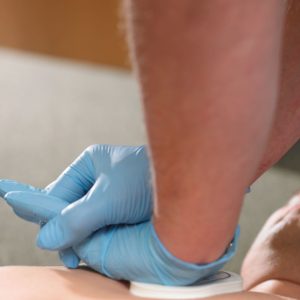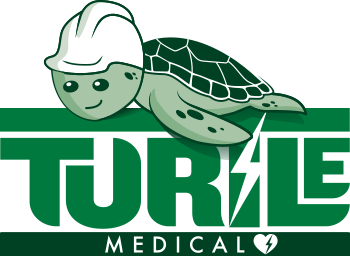
Every year in the UK, 60,000 cardiac arrests occur outside of hospitals.
Less than 10% of people experiencing cardiac arrests in the community survive.
Yet survival rates in the community, can be as high as 75% when an Automated External defibrillator (AED) and Cardio Pulmonary Resuscitation (CPR) are used within 3-5 minutes of a cardiac arrest, explains Mike from Abacus First Aid Training.
Emergency response times in our busy cities, are likely be over 8 minutes (even longer in more rural communities.) So, if you suffer a cardiac arrest at home, at work or whilst you’re out and about, your chances of survival may depend on a family member, a work colleague or a complete stranger knowing how to perform CPR and the availability of a defibrillator.
Why don’t people provide CPR or use a defibrillator?
- Failure to recognise cardiac arrest
- Lack of knowledge of what to do
- Fear of causing harm (such as breaking the victim’s ribs) or being harmed (acquiring infection from a stranger when giving rescue breaths)
- Lack of knowledge of the location of PADs (Public Access Defibrillator)
- No access to a defibrillator at the time of the cardiac arrest
It’s important to know how to locate your nearest defibrillator and have training so that you can confidently deploy the device, alongside delivering CPR.
What to expect from Basic Life Support Training
Basic Life Support (BLS) is a basic two-hour course that gives participants the necessary, skills, knowledge and confidence to:
- recognise and deal with an unresponsive casualty
- perform chest compression and rescue breathing
- operate an automated external defibrillator safely
- place an unconscious breathing victim in the recovery position
The quicker you recognise there is a problem, get help on the way, start CPR, use a defibrillator and transfer the casualty to advanced medical care, the better the outcome for the casualty.
Where do I find an AED?
Many places such as railway stations, village halls, shopping centres, sports grounds, swimming pools, supermarkets and libraries, now have AEDs .
In the community they are often fixed to the outside of public buildings in brightly coloured cabinets. You can even find them in disused telephone boxes.
